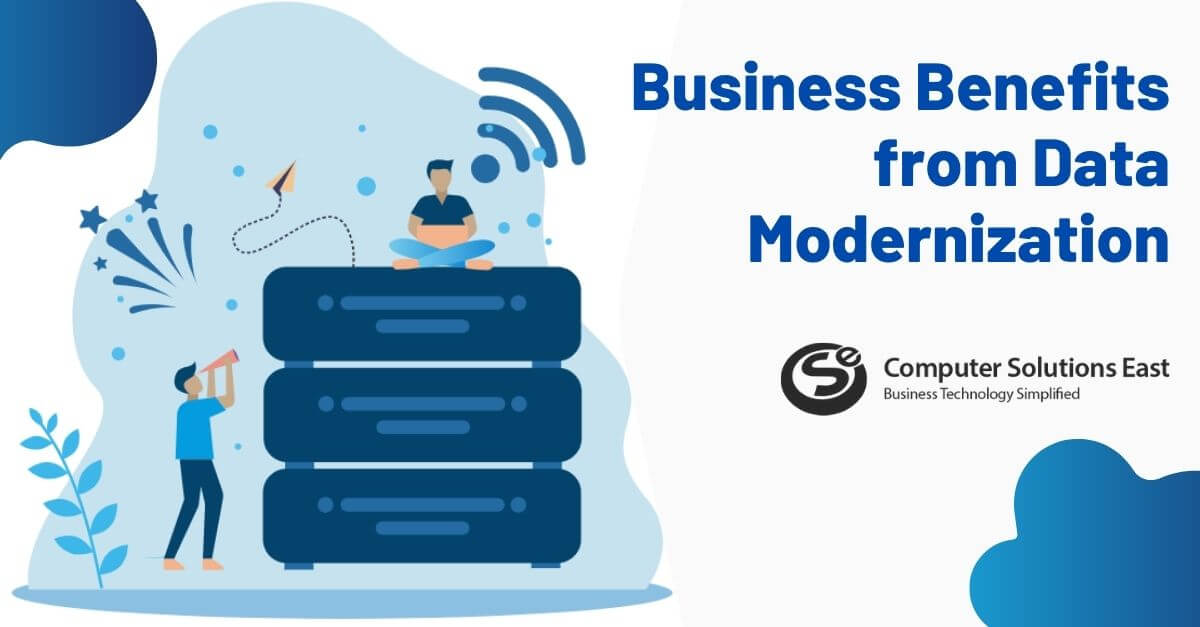Scaling Your Business with Cloud Services
Are you looking to soar above the IT challenges with the power of Cloud computing services? In a world where data reigns supreme, harnessing the cloud has become more crucial than ever. Whether you’re a tech enthusiast or a business owner, understanding the ins and outs of Cloud computing services can be a game-changer.

In a nutshell, Cloud computing services are the backbone of modern technology. They provide a scalable, cost-effective, and efficient way to store, manage, and process data. Imagine having the computing power of a supercomputer at your fingertips without the need for a physical machine. That’s the magic of Cloud computing services.
In this article, we will explore the many facets of this transformative technology and discover how it is reshaping the IT landscape.
What is Cloud Computing?
Cloud computing involves storing, managing, and processing data on a remote network rather than a local server or personal computer. Cloud providers offer computing services and charge based on usage.
With cloud computing, businesses can avoid the upfront costs and complexity of buying and managing their IT infrastructure. Users can pay for computing resources on-demand from a cloud provider.
Types of Cloud Computing Services
The three primary categories of cloud computing services:
- Infrastructure as a Service (IaaS): With IaaS, users can easily access virtualized computing resources, such as servers, storage, and networking. This is the most basic type of cloud computing service.
- Platform as a Service (PaaS): PaaS is a type of platform designed to aid in developing, deploying, and managing applications. This includes the operating system, middleware, and development tools.
- Software as a Service (SaaS): SaaS allows users to use software applications hosted in the cloud. This is the most popular type of cloud computing service.
Infrastructure as a Service (IaaS)
In cloud computing, IaaS serves as the foundation or building blocks. It usually gives you access to networking features, computers (virtual or physical), and data storage space. IaaS provides the most flexibility and administrative control over your IT resources. It is most similar to existing IT resources that many IT departments and developers are already familiar with.
Platform as a Service (PaaS)
PaaS is another type of cloud computing that provides a platform and environment for developers to construct apps and services that can be accessed via the Internet. PaaS services are cloud-hosted and accessible via web browsers.
Software as a Service (SaaS)
SaaS (Software-as-a-Service) is a method of delivering services and applications via the Internet. Users can access the software online, eliminating the need for installation or maintenance. It eliminates the need to install and run apps on our computers or in data centers, saving money on hardware and software maintenance.
Types of Cloud Computing
Public Cloud
A public cloud is a type of cloud computing where a cloud service provider offers various computing resources, ranging from SaaS applications and virtual machines to robust enterprise infrastructures and development platforms, over the public Internet. These resources can be either free or available through subscription-based or pay-per-usage models.
The public cloud provider takes full ownership, management, and responsibility for data centers, hardware, and infrastructure supporting customers’ workloads in this environment. They also ensure high-speed network connectivity and swift access to applications and data.
Public cloud operates as a multi-tenant system, with millions of customers sharing the cloud provider’s data center infrastructure. Leading public cloud providers like Google Cloud, IBM Cloud, Microsoft Azure, Amazon Web Services (AWS), and Oracle Cloud serve numerous customers.
Many enterprises are adopting public cloud solutions due to their elasticity and scalability, making it easy to adapt to fluctuating workload demands. Cost efficiency is another compelling reason, as users only pay for the resources they utilize, reducing hardware and on-premises infrastructure expenses.
Private Cloud
A private cloud is an environment exclusively used and accessed by a single customer. It combines the advantages of cloud computing, such as scalability and ease of service delivery, with the control, security, and resource customization associated with on-premises infrastructure.
A private cloud is typically hosted on-site within the customer’s data center. However, it can also be hosted on an independent cloud provider’s infrastructure or rented resources located in an offsite data center.
Many organizations opt for private cloud to comply with regulatory requirements. Others choose it for workloads dealing with sensitive data like confidential documents, intellectual property, personal information, medical records, or financial data.
By adopting a private cloud architecture following cloud-native principles, organizations gain the flexibility to move workloads to public clouds or run them within a hybrid cloud environment when necessary.
Hybrid Cloud
A hybrid cloud is a blend of both private and public cloud environments. Ideally, it connects an organization’s personal cloud services with public clouds to create a flexible infrastructure for running applications and workloads.
The goal of a hybrid cloud is to establish a blend of public and private cloud resources, with orchestration between them, allowing organizations to select the most suitable cloud for each application or workload and move workloads between the two clouds as needed. This enhances the organization’s ability to achieve technical and business objectives efficiently and cost-effectively compared to relying solely on public or private clouds.
Organizations adopt multi-cloud strategies to avoid becoming locked in with a single vendor, gain access to a broader range of services, and leverage more innovation opportunities. However, managing multiple clouds can become complex due to differing management tools, data transfer rates, and security protocols. Multi-cloud management platforms offer centralized visibility, making it easier for development, operations, and cybersecurity teams to manage their projects, deployments, and security effectively.
The market for Cloud Computing is experiencing significant growth, with major companies investing heavily to enhance their cloud infrastructure. This technology is gaining popularity over traditional in-house application and service delivery methods for enterprise tech spending. As organizations become more accustomed to their data being stored remotely instead of on a server in their basement, the adoption of cloud computing is expected to increase.


